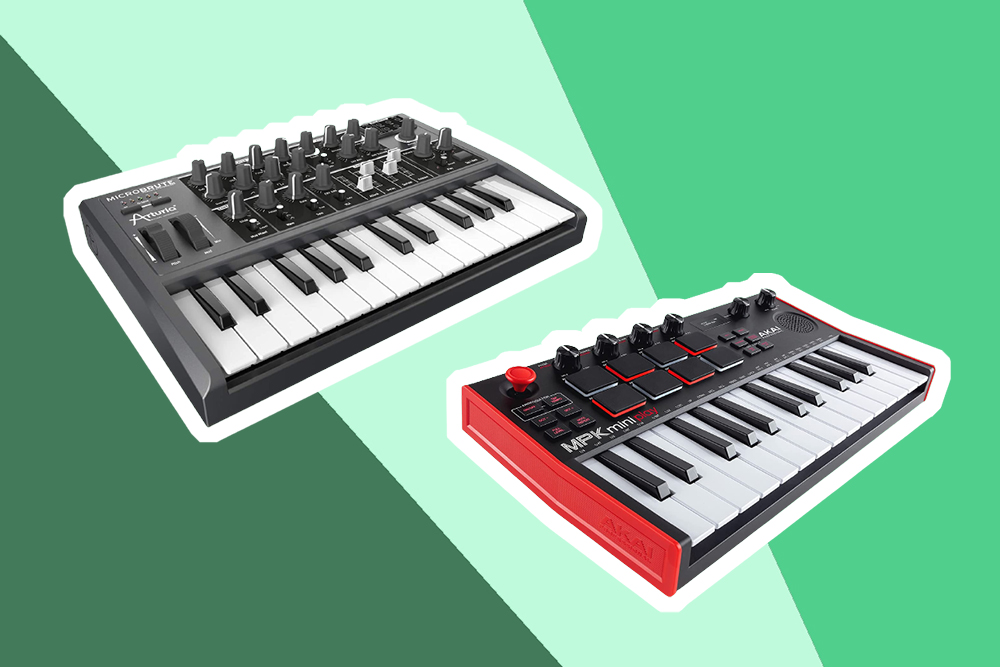
The music production industry evolves at an enormous rate nowadays. Probably around 30 years ago you had to have a lot of hardware equipment to be a sound producer. Unimaginable before, a full room of such equipment could fit in a small machine today. Despite the popular belief, the mini synth is not a toy. The best mini synths can provide you with a vast palette of sounds, they are easy to use and very portable so you can take them anywhere. We created this guide to help you make the right choice by showing you the best options available on the market and providing the essential information.
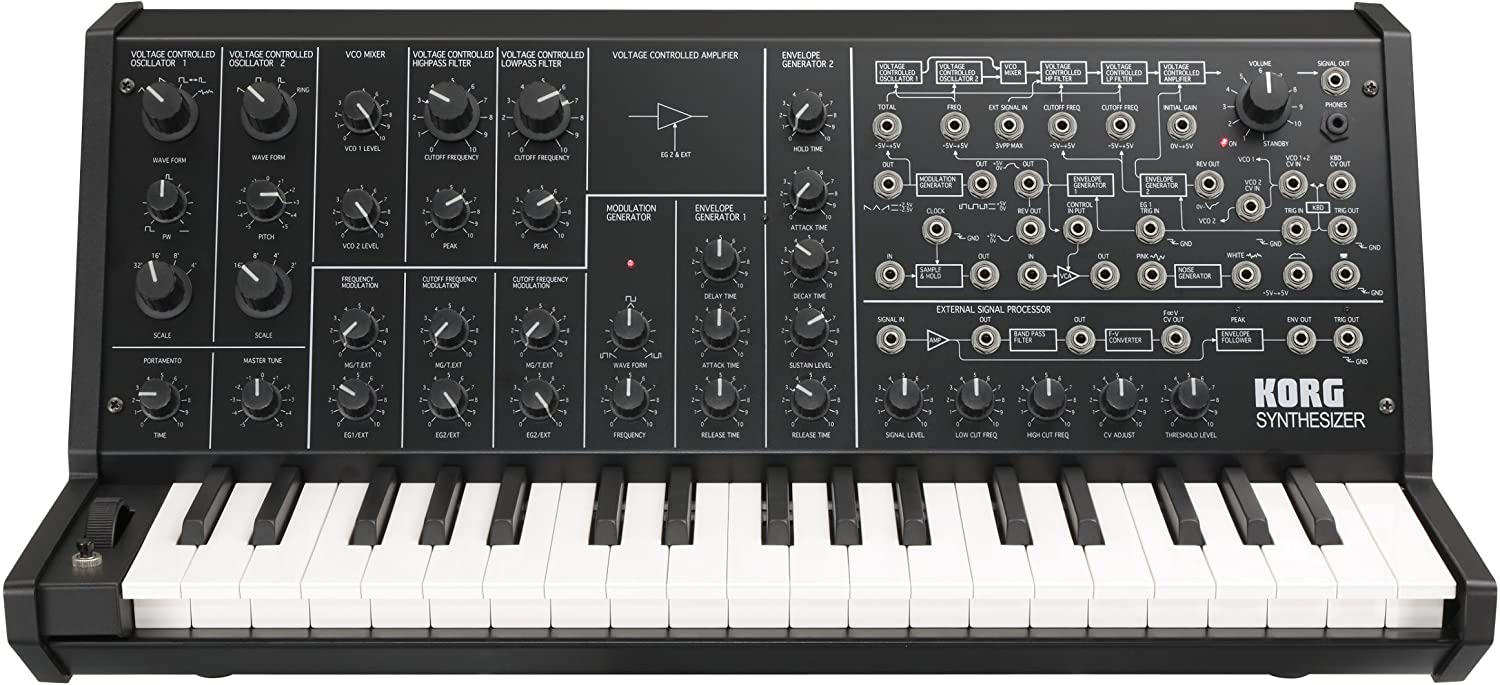

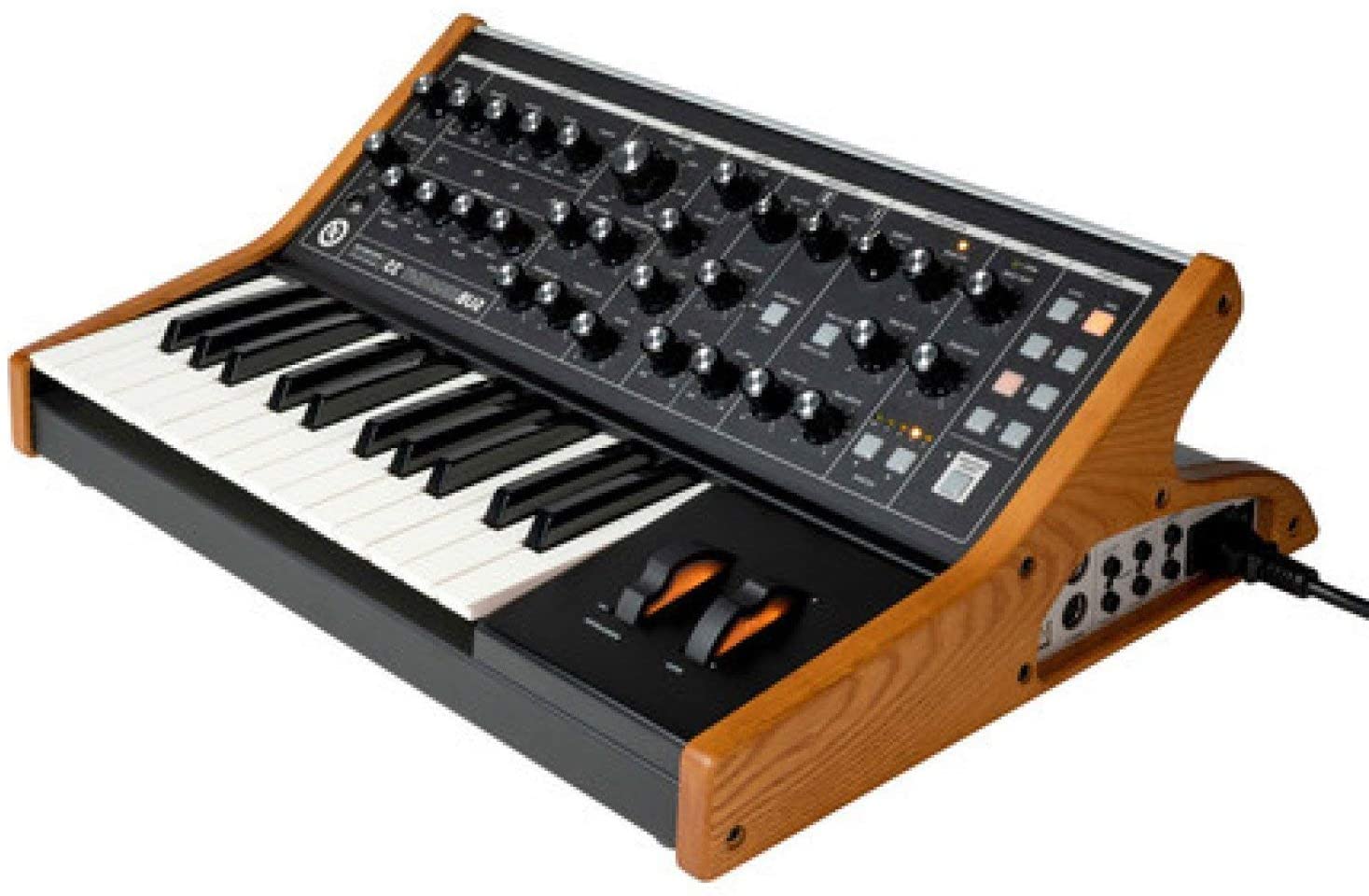

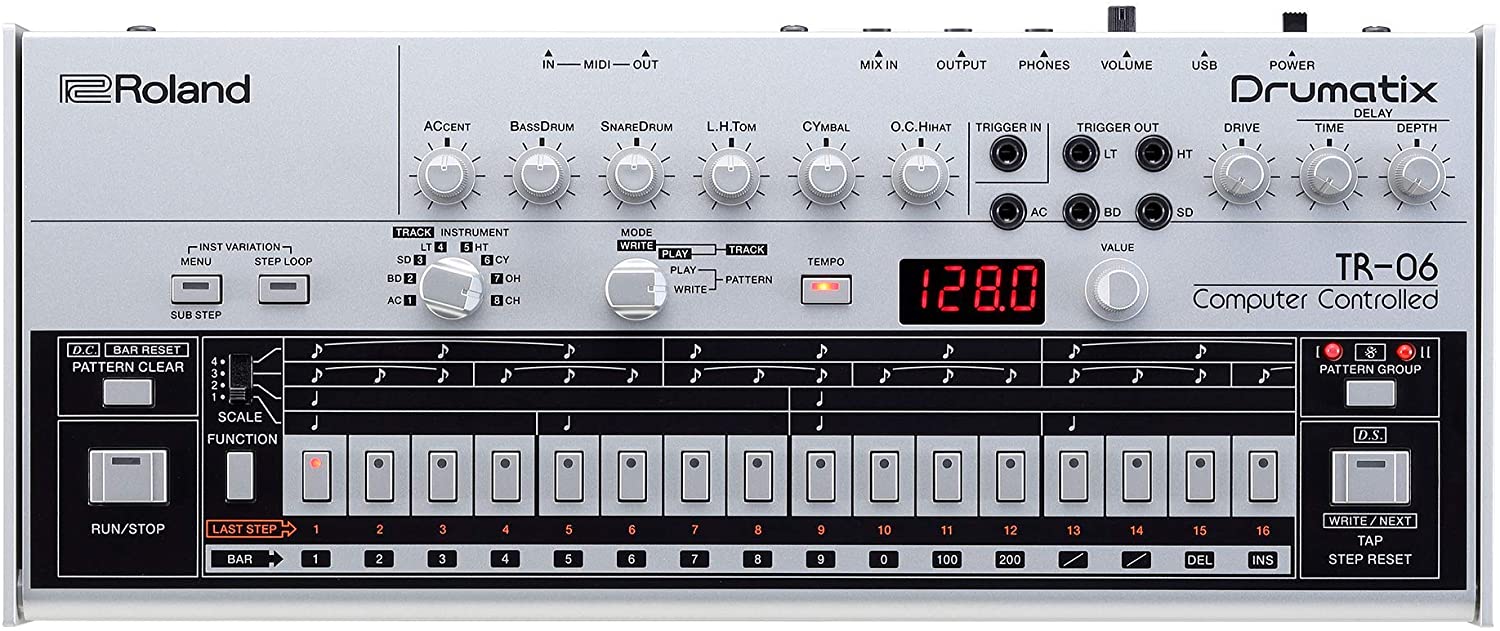

We based our research on a wide variety of factors, such as synth type, its keyboard, number of presets, effects and filters, oscillator specs, and much more. Whether you are a beginners searching your way into the world of producing music or an experienced producer looking for the ways to extend your setup, we've got you covered.
| № | Name | Rating | |
|---|---|---|---|
| 1 | Korg MS20 Mini Semi-Modular Analog Synthesizer |
9,8
|
Check price |
| 2 | Moog Subsequent 25 Analog Synthesizer |
9,7
|
Check price |
| 3 | Roland TR-06 Drumatix |
9,6
|
Check price |
| 4 | Arturia MicroBrute |
9,4
|
Check price |
| 5 | AKAI MPK Mini Play MK3 |
9,3
|
Check price |
| 6 | Mellotron Micro |
9,5
|
Check price |
Other features: two oscillators with ring modulation, and envelope generators with hold and delay; external signal processor; extremely flexible patching system

The Korg MS20 Mini is our Editor’s Choice because it’s one of the most comprehensive and powerful mini synths on the market. It is an analog synth that offers a 37-key keyboard, MIDI in and out, USB-MIDI in/out, and a variety of other features. It has two oscillators with ring modulation, and envelope generators with hold and delay, making it perfect for creating complex sounds. The external signal processor is also a great feature, allowing you to connect the MS20 Mini to other devices to process your audio signals. Moreover, its extremely flexible patching system gives you a vast amount of sonic possibilities by making create custom sound patches. All these features make it one of the most versatile and truly worth it mini synths on the market.
Compared to the original Korg MS20, the Korg MS20 Mini has a smoother and more consistent sound. It will stay in tune and scale marginally better than the original. It also has a nicer sounding E.S.P circuit. However, the Korg MS20 has a better tone and overall build quality. On the brighter side, the Korg MS20 Mini offers better value for money.
Other features: rich sonic density; 3 oscillators in Unison or Duo Mode; 16 presets

The Moog Subsequent 25 is a premium quality mini synth that offers a great deal of features and sound options. It features three oscillators in Unison or Duo Mode which allows for rich sonic density. The 16 presets offer a wide range of sounds, making it perfect for any producer or musician. They make it easy to get started, but you can also create your own sounds with the oscillators. Its 25 keys are semi-weighted and velocity-sensitive, so it feels natural to play. It also has MIDI in/out and MIDI merge DIN / USB ports, the standard for convenient device connection and setup expansion. So, if you are not afraid to spend a considerable amount on a synthesizer, you should definitely consider the Moog Subsequent 25.
The Moog Subsequent 25 has a lot in common with other synths within its range like the Moog Sub Phatty. It is almost identical with the Sub Phatty in its core architecture and sound. The only difference between the two synths is that the Sub Phatty has the original multi-drive circuit while the Subsequent 25 has a re-tuned multi-drive circuit with more dirt capability and wider range.
Other features: adjustable sub-steps for ratcheted parts; five trigger outs and a trigger in; sturdy and well-constructed

The Roland TR-06 Drumatix is a great mini synth/drum machine for anyone looking for an analog sound. It is actually a replica of the original Roland TR-606 with slight modern adjustments and features. It has an advanced sequencer with sub-steps, probability, and step-loop. This synth can also boast its onboard compressor, delay, and overdrive effects that fully support your imagination in creating unique sound. The TR-06 also has five trigger outs and a trigger in, integrating nicely with modular setups. The synth is also sturdy with solid construction and a metal top, making it a great investment for those looking for a long-lasting machine for both home use and live performances.
The Roland TR-06 Drumatix is a worthy upgrade from the original TR-606. Although the TR-606 is highly acclaimed for its darker tone, a sequencer with more bounce and an ability to pitch lower than the TR-06, you can’t ignore the multiple added performance features and DAW integration. Also, in the entire Roland TR synth line, the TR-06 is special because it is the first to get the original output channel count right.
Other features: Sawtooth, Pulse, and Triangle waves with unique modifiers; 8 sequences with up to 64 steps; octave selector from -2 to +2 octaves
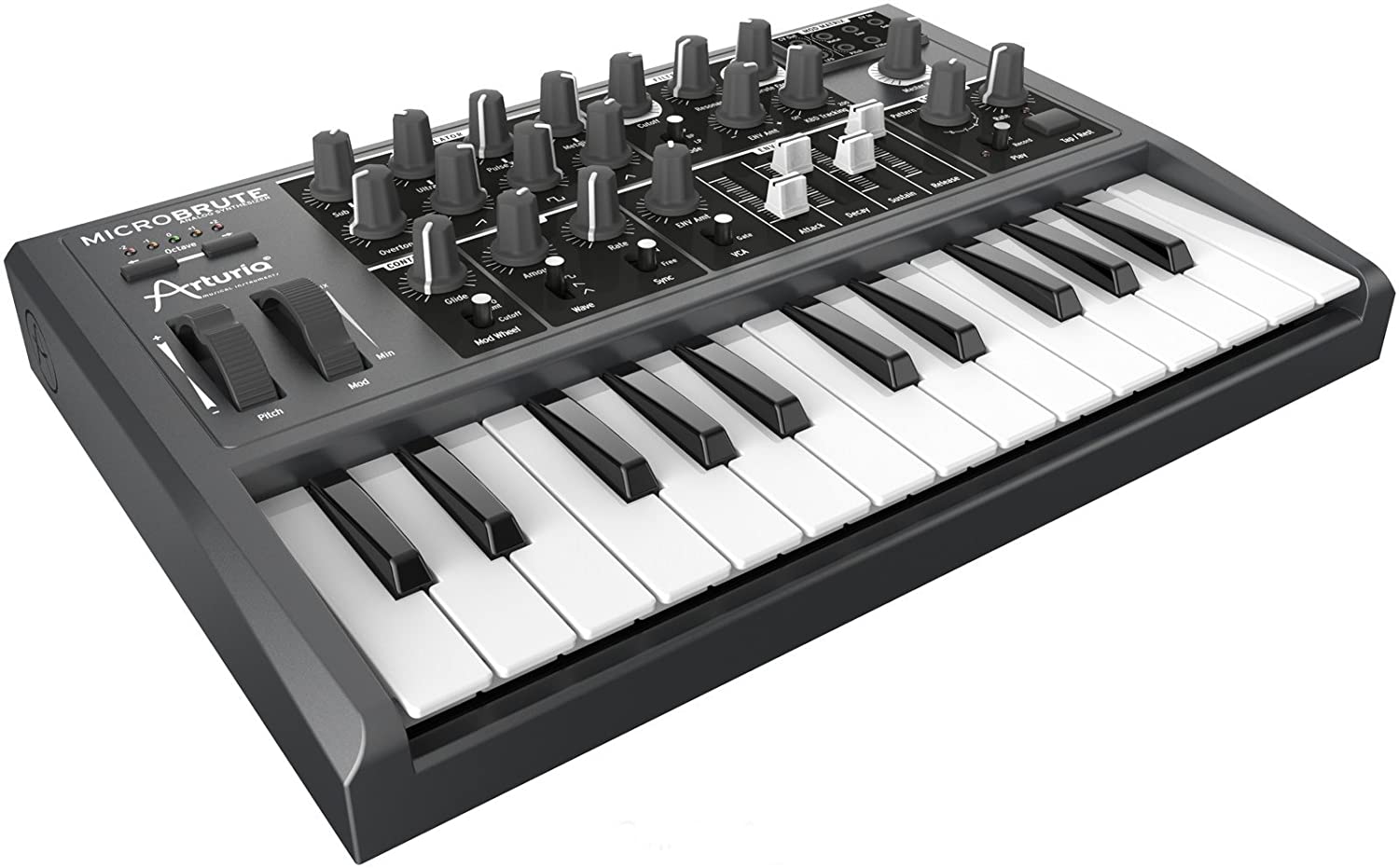
The Arturia MicroBrute is an analog mini synth that offers a great value for its price. It offers Sawtooth, Pulse, and Triangle waves with unique modifiers. These modifiers make it easy to create unique sounds, and the octave selector allows you to expand your range from -2 to +2 octaves. It also has 8 sequences with up to 64 steps, which is a great tool for creating complex melodies and rhythms. The only downside is that it doesn’t have as many features as some of the other options on this list, but it’s still a great choice for those on a budget. Overall, the Arturia MicroBrute is a great mini synth for those who are looking for a versatile and affordable option.
The Arturia MicroBrute has a lot in common with the equally popular MiniBrute. Both mini synths are excellent choices but the MicroBrute is perfect for a beginner with a limited budget. Besides being cheaper, it is also more compact and easier to use than the MiniBrute. The MiniBrute makes a lot more sense when you have had enough practice and your skills are sharper.
Other features: over 100 internal drum and instrument sounds; OLED display for visual feedback; 14+ hours of battery power
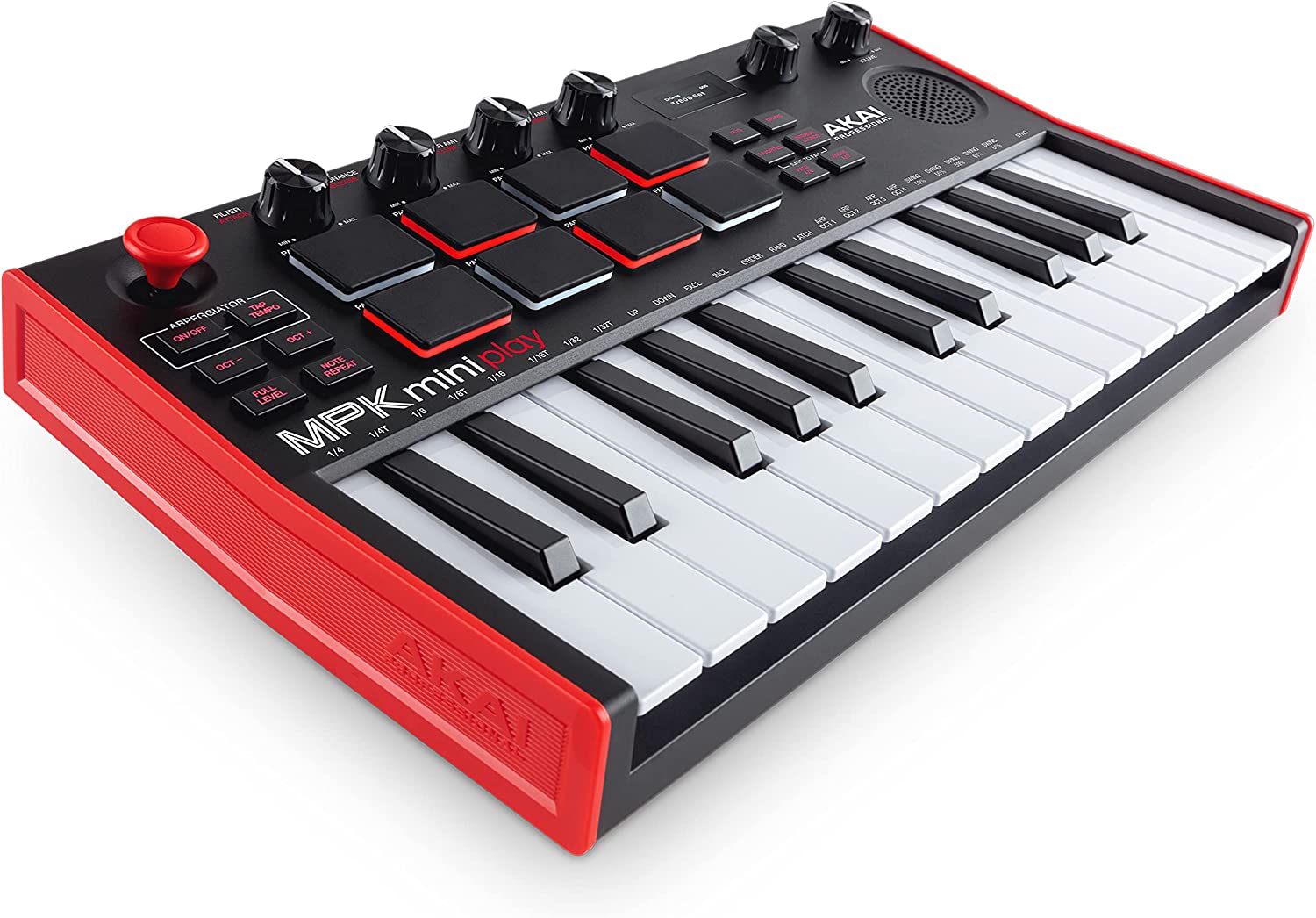
Though we do know that this product isn’t technically a synth, it still has similar functions and would fit most of the beginners who want to endure the world of making music. The Akai MPK Mini Play MK3 is very easy to use and has a lot of features that make it a great choice for those just starting out. It comes with over 100 internal drum and instrument sounds, more than enough for this device to get going. The keys are velocity-sensitive, which means they respond to how hard you press them, making it easy to create dynamics in your playing. Its OLED display is also very helpful in providing visual feedback on your playing. Plus, the built-in battery lasts for over 14 hours, so you can keep playing even when there’s no outlet nearby.
Although the Akai MPK Mini Play MK3 has many similarities with the previous Akai MPK Mini Play MK2, it is a worthy upgrade as all of the components have been improved considerably. The most significant improvements include; an added LED screen, better key-bed, sturdier keys, and endless encoder knobs. Also, the USB port is conveniently placed on the back rather than the front in the MK3.
Other features: 100 Mellotron and Chamberlain sounds; sustain pedal input; octave selector, volume, tone, normal/half-speed play and pitch adjustment
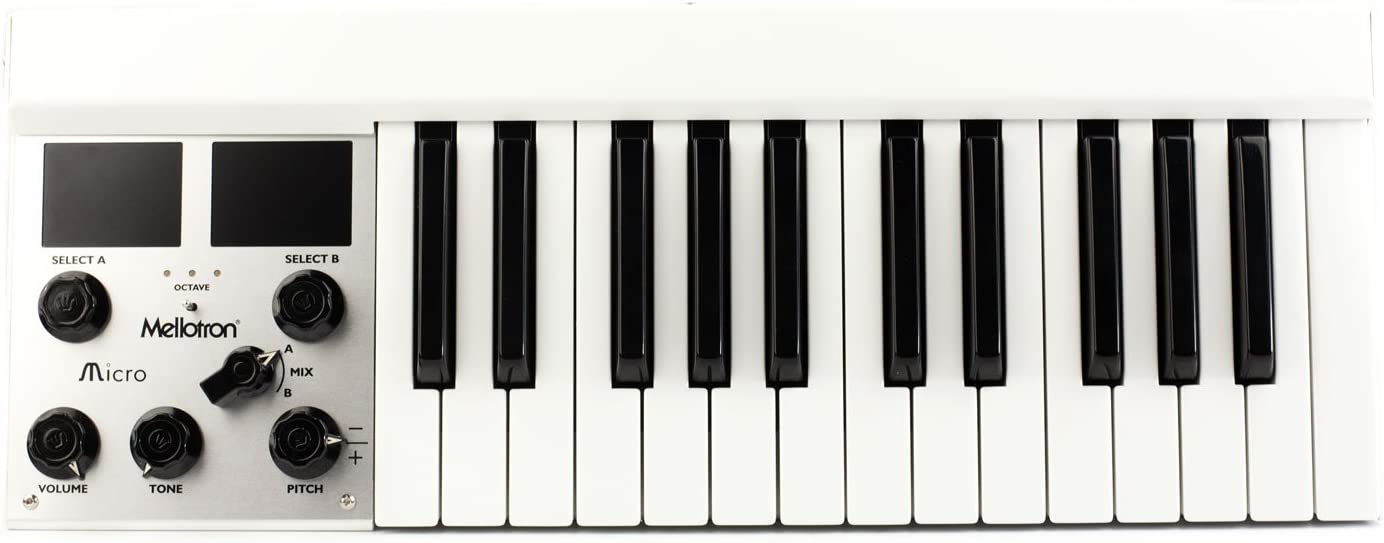
The Mellotron Micro is a digital mini synth that comes with 25 keys. It is basically a mini orchestra packed in a small device. Its 100 Mellotron and Chamberlain sounds are sufficient for you to create music on the go and during live performances. Moreover, there is a possibility of mixing 2 sounds at the same time, even more extending your range of sound in result. You can also use a sustain pedal with it, and there’s an octave selector, volume, tone, normal/half-speed play and pitch adjustment. This mini synth is great for those who want to have a lot of control over their sound. The 100 different sounds mean that you can really find the perfect one for your needs, and the octave selector and pitch adjustment let you customize your sound even further. Its only downside is that it does not come with a built-in power supply, so you’ll need to buy one separately.
The Mellotron Micro is the smallest version of the original M4000D. It has nearly all the features that the original has, but is a tad smaller and lighter. Its front panel and sound are also similar with the original MD4000D. It is a better option if you are in the market for a compact, and lightweight synth that you can bring along anywhere you go.
If you’re completely clueless while choosing a compact synthesizer, we understand. You want a portable machine capable of creating sound, but the market offers a plethora of options all with their own distinct features and highlights. Moreover, the synthesizer is a technically complex device that’s kind of hard to understand and get into. So based on the above, choosing a mini synth perfect for your needs is most likely a difficult task. That’s why we created this buying guide that contains all the essential information you should know before purchasing a device.
A mini synth should be able to perform all the basic functions of a synthesizer. This includes being able to create and edit sounds, as well as playing back those sounds. Additionally, a mini synth should also have a built-in sequencer so that you can create musical patterns and loops. Many mini synths also include built-in effects so that you can further customize your sound.
Small-sized synths are a great choice for a number of reasons. First, they’re extremely portable, making them easy to take with you on the go. Second, they’re relatively affordable, meaning you won’t have to break the bank to get your hands on one. Finally, they offer a wide range of sounds and features, which is ideal for both beginners and experienced synth players alike.
The main drawback of mini synthesizers is that they can be difficult to control. This is because they often have a lot of features packed into a small space, which can make them challenging to use. Additionally, mini synthesizers can sometimes produce lower-quality sound than larger synthesizers.
Analog synthesizers are often considered to be the “true” synthesizers, due to their ability to generate truly unique sounds that can be very difficult to replicate with digital technology. Analog synths also tend to be much more user-friendly, making them ideal for beginners or those who just want to get started with synthesis without having to deal with complex digital settings.
Digital synthesizers, on the other hand, offer a much greater range of sounds and features than their analog counterparts. While they may not be able to generate the same truly unique sounds as an analog synth, they can still create a wide variety of interesting and unusual sounds. Additionally, digital synths tend to be much more versatile and powerful than analog synths, making them ideal for more advanced users.
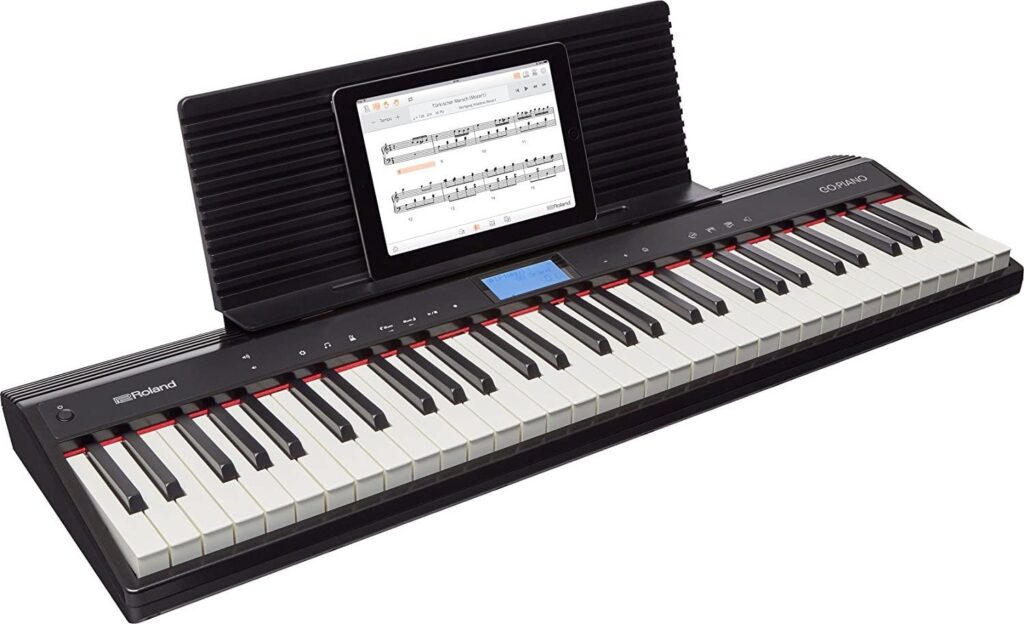
The keyboard is one of the most important parts of a synthesizer. It allows you to play notes and create melodies. There are many different types of keyboards, from simple ones with just a few keys to complex ones with hundreds of keys. Choose the right keyboard for your needs will depend on what type of music you want to create.
Mini synths often have smaller keyboards with fewer keys, but this doesn’t mean they can’t be used to create complex melodies. In fact, some of the best mini synths have very powerful capabilities despite their small size.
Polyphony and monophony are two different types of synthesis. Polyphony is the ability to play multiple notes at once, while monophony is the ability to play only one note at a time. There are advantages and disadvantages to both types of synthesis.
Polyphonic synthesizers are great for playing chords and complex melodies. They can create a fuller, richer sound than monophonic synthesizers. However, they require more processing power and can be more expensive. Monophonic synthesizers are simpler and cheaper, but can only play one note at a time. This makes them better suited for solo lines and simple melodies.
Number of presets is important to consider when purchasing a mini synthesizer. The number of presets will determine how many different sounds you can create with the instrument. If you plan on using the synth for live performances, you will want to have a large number of presets so that you can change up your sound on the fly. If you are only planning on using the synth in the studio, then a smaller number of presets may suffice.
An oscillator is a basic electronic sound-generating device found in most synthesizers. Oscillators generate waveforms of various shapes, which are then used to create sounds. Synthesizers typically have multiple oscillators that can be combined to create more complex sounds.
There are several different types of oscillators, each with its own strengths and weaknesses. The most common type of oscillator is the analog oscillator, which uses electronic circuits to generate waveforms. Analog oscillators are prized for their warm, organic sound. However, they can be difficult to control and tune precisely.
Digital oscillators use computer algorithms to generate waveforms. They tend to be more precise than analog oscillators and are often used for creating more complex sounds. However, digital oscillators can sometimes sound harsh and artificial.
FM (frequency modulation) oscillators use one waveform to modulate the frequency of another. This can create a wide range of sounds, from simple bleeps to rich, organic tones. FM is often used to recreate the sound of acoustic instruments such as pianos and guitars.
A sequencer is a device or software that records and plays back sequences of musical notes. Sequencers can be used to control synthesizers, making them play specific patterns of notes.
There are different types of sequencers, but they all have the same basic function: recording and playback of musical note sequences. The most common type of sequencer is the MIDI sequencer, which uses the MIDI protocol to communicate with other devices. MIDI sequencers can be used to control both hardware and software synthesizers.
Hardware sequencers are stand-alone devices that typically have their own keyboard and display. They may also have knobs and buttons for programming purposes. Hardware sequencers are usually designed for live performance, as they are easy to use and portable.
Software sequencers are programs that run on computers. They typically have a graphical user interface (GUI) that allows you to see the recorded notes and edit them. Software sequencers can be used to control both hardware and software synthesizers.
You can use a sequencer to record your own music, or you can use it to play back pre-recorded music. Sequencers are commonly used in studios for recording and mixing purposes. They are also used live, for example, to control light shows or other visual effects.
Most synthesizers will have a variety of different filters that can be applied to the sound in order to shape it. For example, a low-pass filter will remove the high frequencies from the sound, making it more mellow. A high-pass filter will do the opposite, and remove the low frequencies, making the sound brighter. There are also other types of filters such as band-pass and notch filters.
Synthesizers will also usually have a selection of effects that can be applied to the sound. Reverb is a common effect which simulates the sound of an echo in a room or space. Delay is another common effect which creates an echo of the sound, but with a delay between each repeat. Chorus is an effect which slightly detunes the sound and creates a thicker, richer sound. There are many other types of effects available on different synthesizers.
One final thing to mention about filters and effects is that they can be modulated. This means that the amount of filtering or effect can be changed over time, usually using an envelope or LFO. This can create some really interesting sounds, especially when combined with other modulation sources.

Mini synthesizers are often lauded for their portability and compactness. But what about their connectivity? Most mini synths will have some form of MIDI connectivity, whether it be via USB, DIN, or even Bluetooth. This allows you to connect your synth to a computer or other MIDI-compatible devices for recording or playing back music.
Some mini synths also have built-in audio interfaces, so you can connect them directly to a sound system or set of speakers. This is especially handy if you want to use your mini synth as a standalone instrument, without the need for any other equipment. And if you’re looking to use your mini synth in a live performance setting, having an audio interface will be essential
When looking for the best mini synth, weight and size are critical to consider. The smaller the synth, the more portable it will be and the easier it will be to take with you on the go. However, weight is also an important consideration, as some synths can be quite heavy, making them difficult to carry around.
We have separate guides on the options for different budgets. Check our guides on the best synths under 300$, best synths under 500$, and best synths under 1000$.
If money is no object, then we recommend going for a new mini synth. This way, you’ll get all the latest features and functionality, plus a warranty in case anything goes wrong. Plus, you’ll be supporting the synth manufacturers who are constantly innovating and improving their products.
Based on our conclusion, the best mini synth is the Korg MS20 Mini. This device offers the most features and the best quality on our list. It can also compare with many full-sized synthesizers on the market. Moog Subsequent 25 takes place in our top because of its premium build and variety in working modes of oscillators. This device is truly capable of creating sophisticated sounds. Our Roland lovers may consider the TR-06 Drumatix, as it is an ideal reimagining of the original TR-606, which implements modern sound standards with a classic nostalgic look. Every model from our top picks is worth looking into, and we ensure that you will be content with your decision.